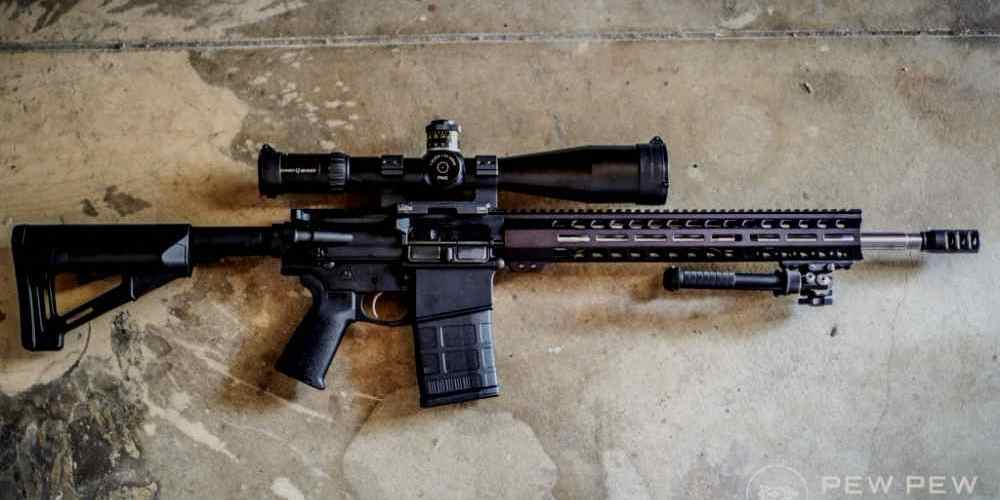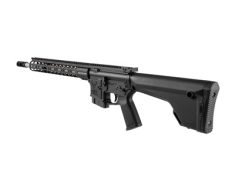Building a Duty-Grade AR-15: What Matters Most
When it comes to building a duty-grade AR-15, there are several key factors to consider in order to ensure that your rifle is reliable, accurate, and capable of handling the rigors of duty use. From selecting the right components to proper assembly and testing, every step in the process plays a crucial role in determining the performance of your rifle. In this article, we will explore what matters most when building a duty-grade AR-15 and provide valuable insights to help you make informed decisions.
Choosing the Right Components
The foundation of any AR-15 build is the choice of components. From the barrel and bolt carrier group to the trigger and stock, each part plays a vital role in the overall performance of the rifle. When building a duty-grade AR-15, it is essential to prioritize quality and reliability over cost savings. Investing in high-quality components from reputable manufacturers will ensure that your rifle functions flawlessly when it matters most.
- Barrel: The barrel is arguably the most critical component of an AR-15 in terms of accuracy and reliability. A duty-grade barrel should be made from high-quality materials such as chrome-moly steel or stainless steel and feature a durable finish like nitride or chrome lining.
- Bolt Carrier Group: The bolt carrier group is another crucial component that directly impacts the rifle’s reliability. Look for a BCG made from mil-spec materials with properly staked gas key screws to prevent gas leakage.
- Trigger: A smooth and consistent trigger pull is essential for accurate shooting. Choose a duty-grade trigger with a crisp break and minimal creep for optimal performance.
- Stock: The stock plays a significant role in ergonomics and recoil management. Select a stock that offers adjustability and comfort for extended periods of use.
Proper Assembly and Testing
Once you have selected all the necessary components for your duty-grade AR-15 build, proper assembly and testing are crucial to ensure that everything functions as intended. Pay close attention to detail during assembly, following manufacturer specifications and guidelines to avoid any potential issues down the line.
- Headspacing: Proper headspacing is critical for reliable function and safety. Use headspace gauges to verify that the bolt locks up correctly with the barrel extension.
- Lubrication: Proper lubrication is essential for smooth operation and longevity of your rifle. Apply lubricant to key friction points such as the bolt carrier group and buffer spring.
- Function Testing: Before taking your rifle to the range, conduct thorough function testing to ensure that all components work together seamlessly. Test fire the rifle multiple times in different shooting positions to identify any potential issues.
Maintaining Your Duty-Grade AR-15
Building a duty-grade AR-15 is just the first step; proper maintenance is essential to keep your rifle running smoothly over time. Regular cleaning, inspection, and lubrication are necessary to prevent malfunctions and extend the life of your firearm.
- Cleaning: After each range session or training exercise, thoroughly clean your AR-15 using quality cleaning products and tools. Pay special attention to the barrel, chamber, bolt carrier group, and trigger group.
- Inspection: Periodically inspect all components of your rifle for signs of wear or damage. Replace any worn parts immediately to prevent potential failures during use.
- Lubrication: Apply lubricant to key areas of your AR-15 according to manufacturer recommendations. Avoid over-lubrication, as excess oil can attract dirt and debris.
Case Study: Building a Duty-Grade AR-15 for Law Enforcement Use
To illustrate the importance of building a duty-grade AR-15, let’s consider a case study involving law enforcement agencies. Law enforcement officers rely on their firearms as tools of their trade, requiring equipment that is reliable, accurate, and effective in high-stress situations.
In recent years, many law enforcement agencies have transitioned from traditional shotguns to AR-15 rifles due to their increased accuracy and firepower. Building duty-grade AR-15s for law enforcement use involves careful selection of components that meet strict reliability and performance standards.
For example, agencies may opt for barrels with chrome-lined bores for increased durability and corrosion resistance. Bolt carrier groups with enhanced coatings like nickel boron or titanium nitride are chosen for their smooth operation and ease of cleaning. Duty-grade triggers with consistent pull weights are preferred to ensure precise shot placement under pressure.
In this case study, proper assembly techniques such as headspacing verification and function testing are critical to guarantee that each rifle meets or exceeds department standards before deployment in the field.
Conclusion
Building a duty-grade AR-15 requires careful consideration of component selection, proper assembly techniques, thorough testing procedures, and regular maintenance practices. By prioritizing quality over cost savings and investing in reputable components from trusted manufacturers, you can ensure that your rifle performs reliably when it matters most.

Remember that building a duty-grade AR-15 is not just about assembling parts; it’s about creating a tool that you can trust with your life in high-stress situations. By following best practices throughout the build process and maintaining your rifle properly over time, you can have confidence in your equipment’s performance when it counts.




